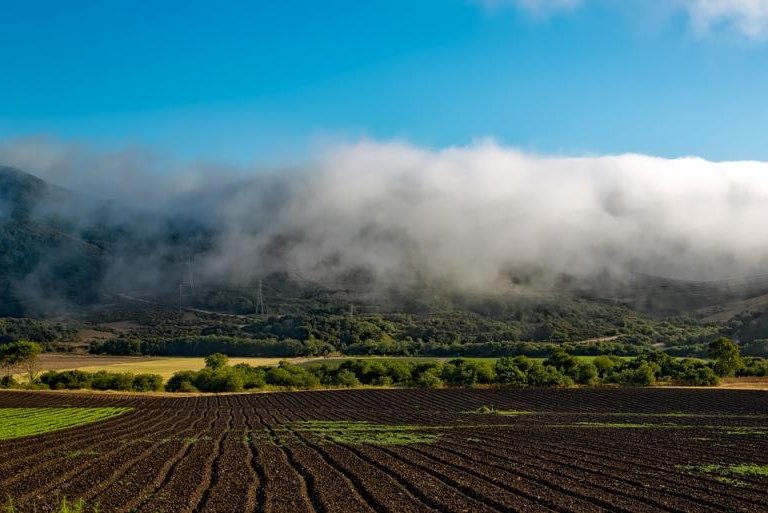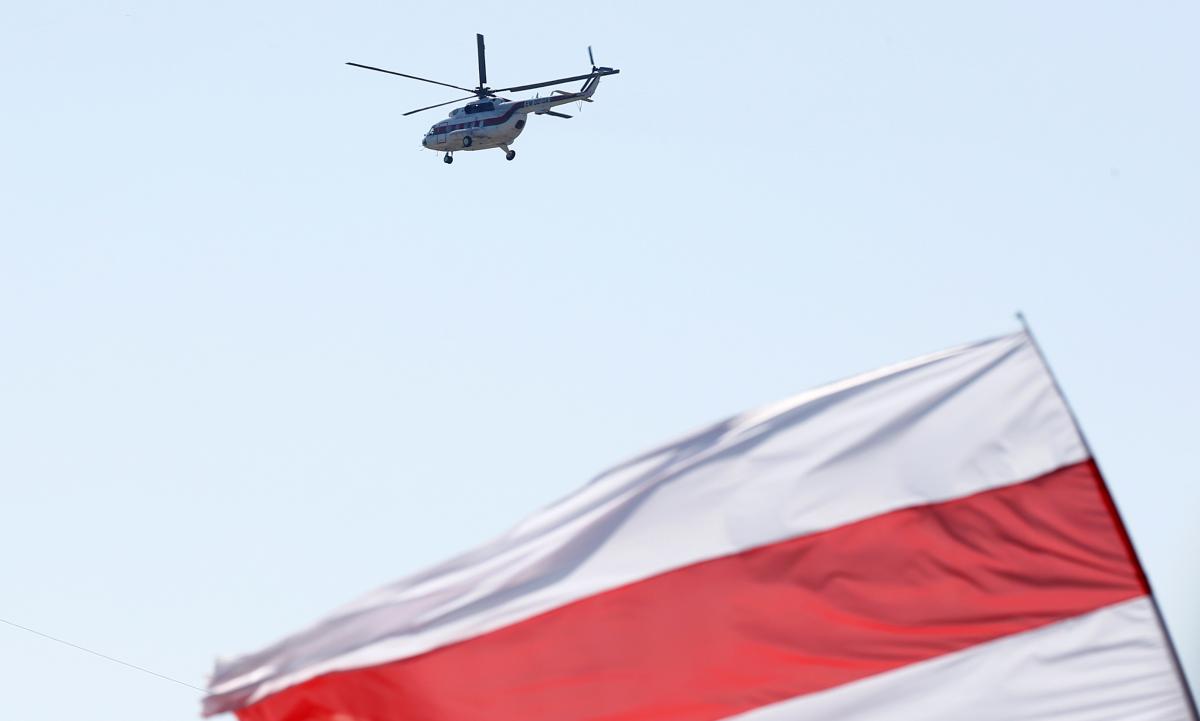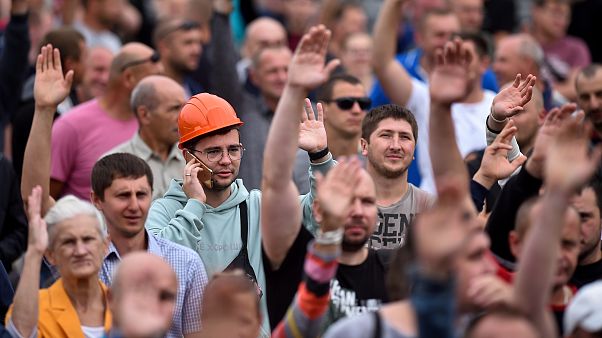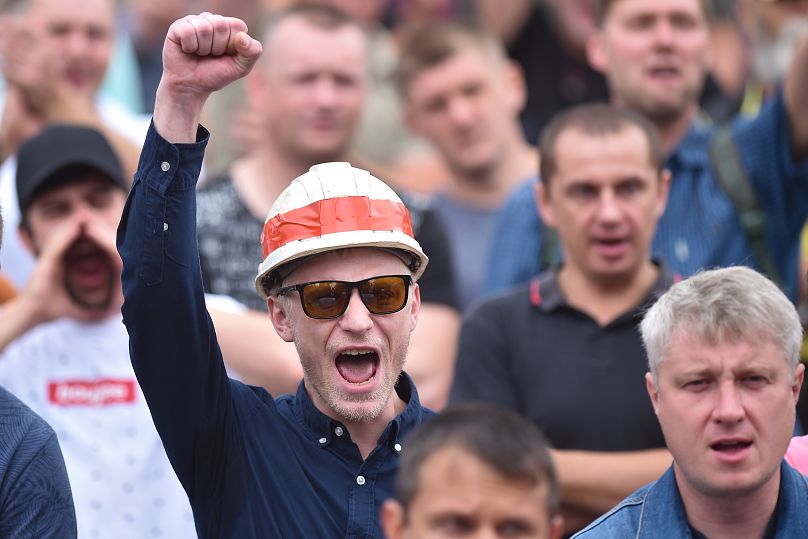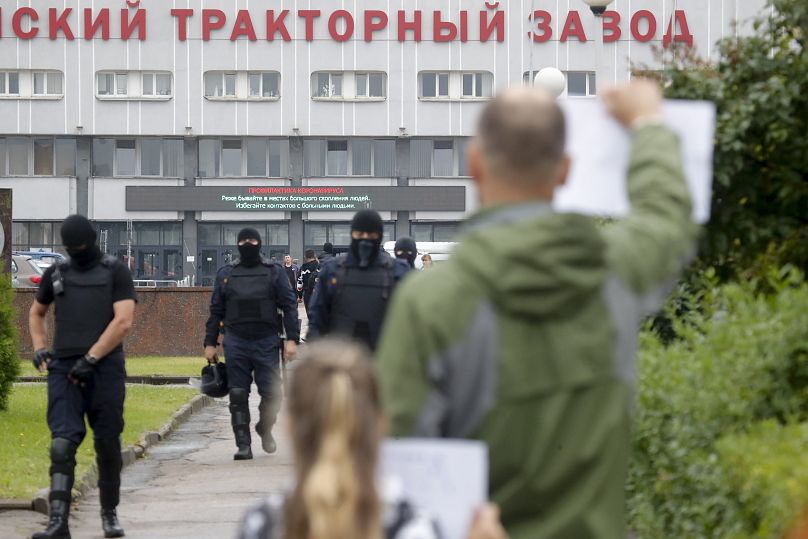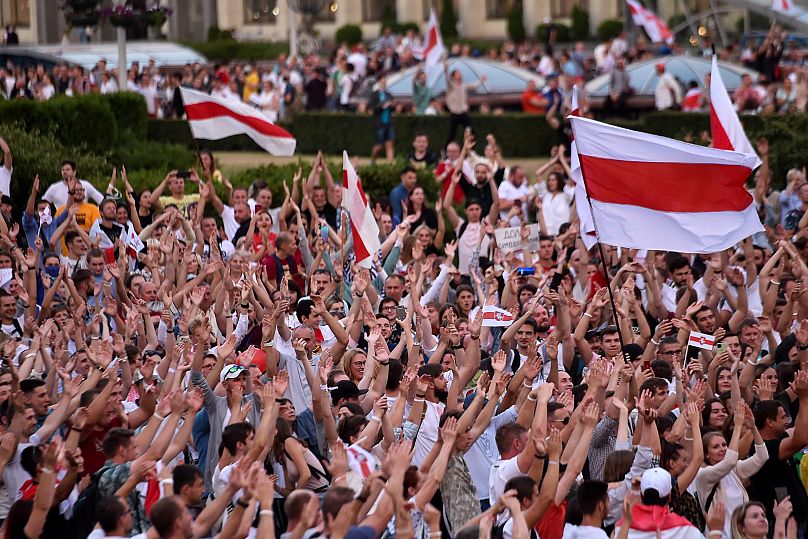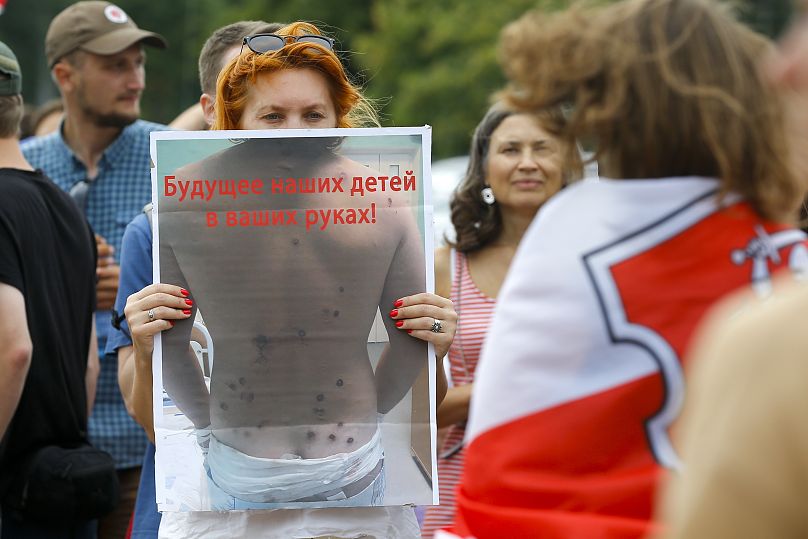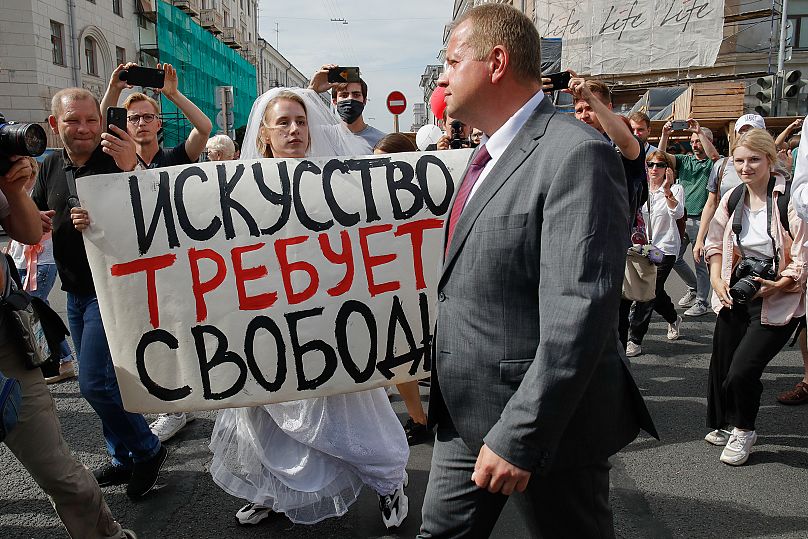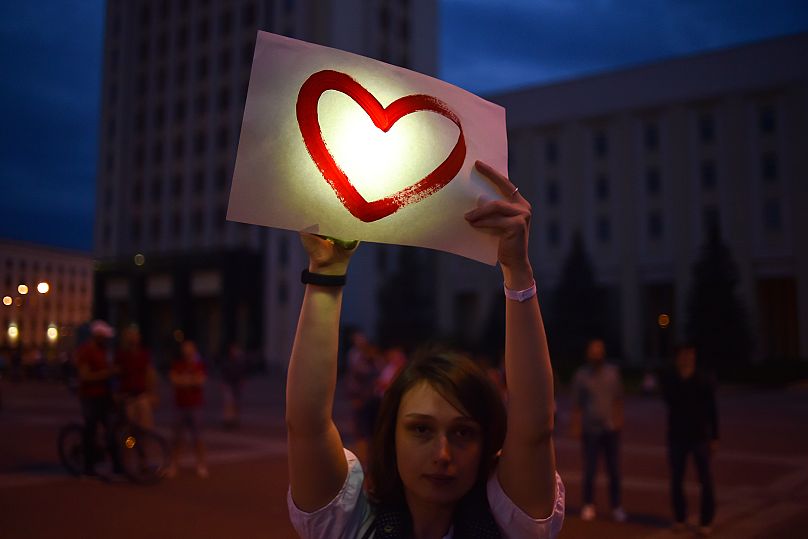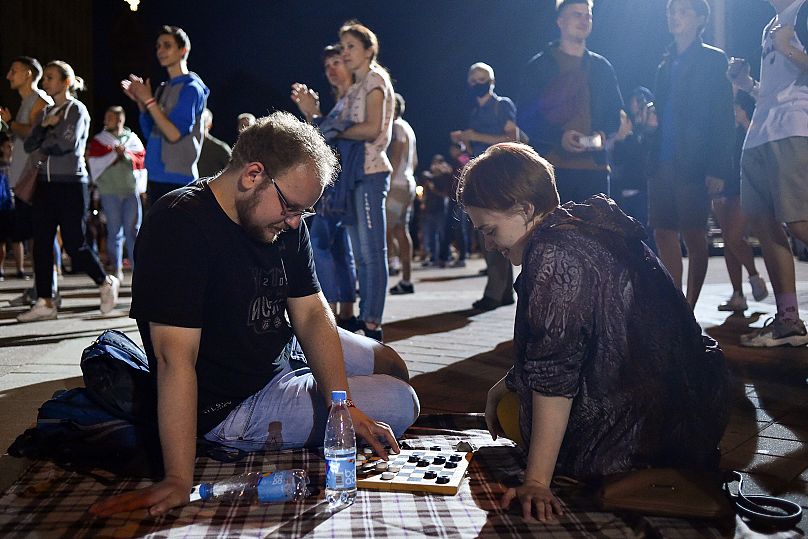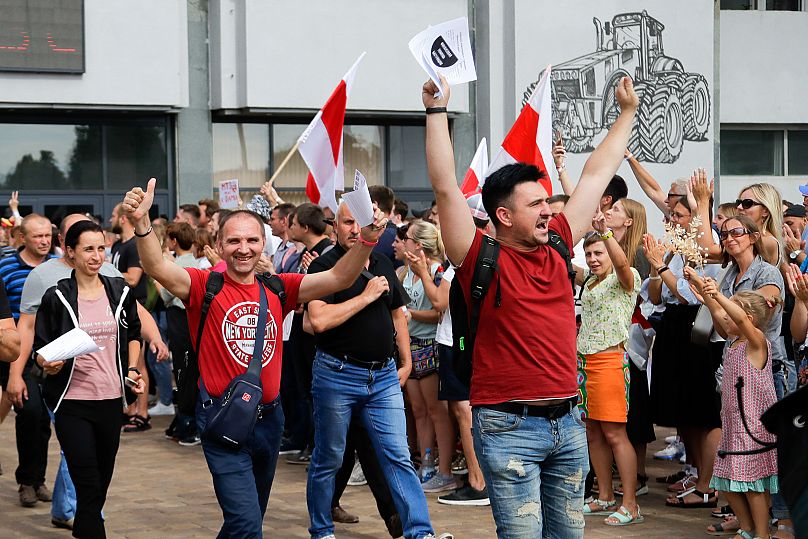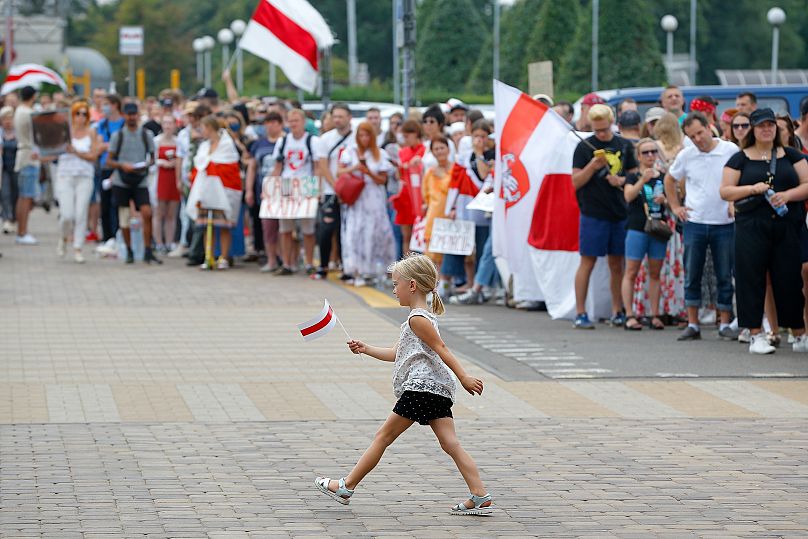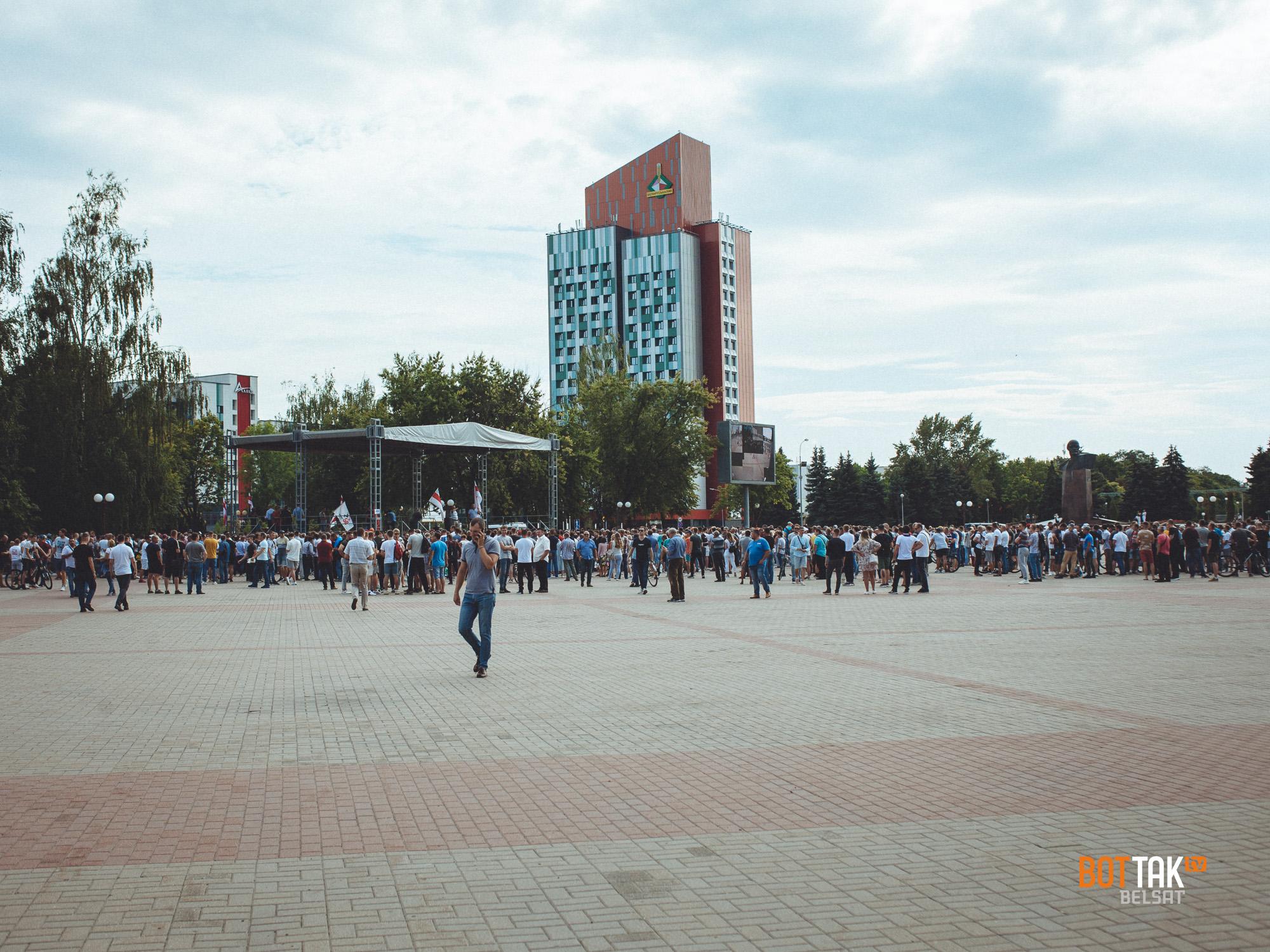SOLIGORSK, August 19. /TASS/. Strikes at Belaruskali, one of the world’s biggest producers and exporters of potash fertilizers, will continue, while no decision on a hunger strike has been made, co-chairman of the strike committee at the Belarusian enterprise Anatoly Bokun told a rally on Wednesday.
"A decision was made to continue the strike until our demands are fulfilled. Meanwhile, we believe it is early now to declare a hunger strike," Bokun said.
The plant is not mining ore as the strike continues at most of its production facilities, the representative of the strike committee informed. "As far as I know, until recently, they have not brought ore to grass. The sylvinite concentrating factories of the 1st, 2nd and 3rd mining department are standing still. Only the factory of the 4th mining administration is operating."
However, he voiced concerns that "after pressure is exerted on the workers, production at some facilities could be launched." "They [the company’s management] are talking to every worker, intimidating them by threatening not to renew their contracts, as well to hold accountable for expressing their opinion," the representative of the strike committee said.
According to him, "people's moods are different, people are being bullied."
"People are scared, but I am firmly convinced that there are brave and courageous miners in our team who must defend not only the honor of the team, the city, but also the republic," Bokun said.
He recalled that the workers of Belaruskali demand declaring "[the president's] elections as invalid."
"The developments around the elections led to the situation when a person comes to their workplace but cannot perform the work with high quality and safety," the co-chairman of the Belaruskali strike committee said.
Bokun admitted that "with a decrease in the number of strikers, the strike goes beyond the legal framework of the strike." "We are losing our quorum," he said.
In the near future, the strike committee will develop new approaches to holding strikes. "There is unconfirmed data that workers from other cities are heading to Soligorsk. Our hospitable city will be happy to have this support," he said. "We are waiting for and are expecting people’s support," he added.
More than 1,000 staff of Belaruskali took part in the rally. Citizens, including local teachers, came to support the miners. They asked the miners to unite and stand to the end. "Unless this happens, our children won’t have the future," one of the teachers said.
The rally’s participants decided to gather on the central square of Soligorsk late on Wednesday.
Belarus held the presidential election on August 9. According to the final data of the Central Election Commission, incumbent President Alexander Lukashenko won 80.10% of the vote. Svetlana Tikhanovskaya, who was considered as his key rival, garnered 10.12% of the vote. She did not recognize the outcome of the polls.
After the results of exit polls were announced late on August 9, mass protests flared up in downtown Minsk and other cities, which spiraled into clashes with police. The protests continued for several days and according to the Interior Ministry, over 6,000 people were detained while dozens of police officers and protesters were injured.



